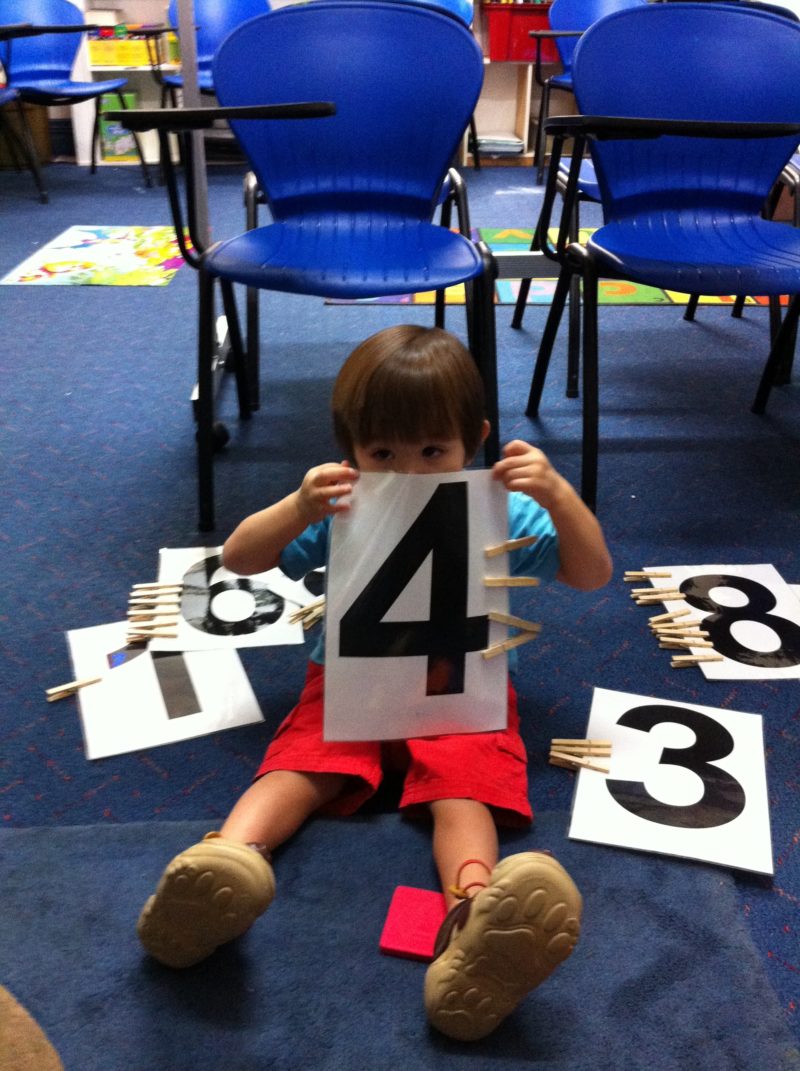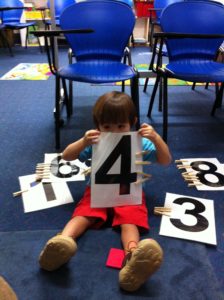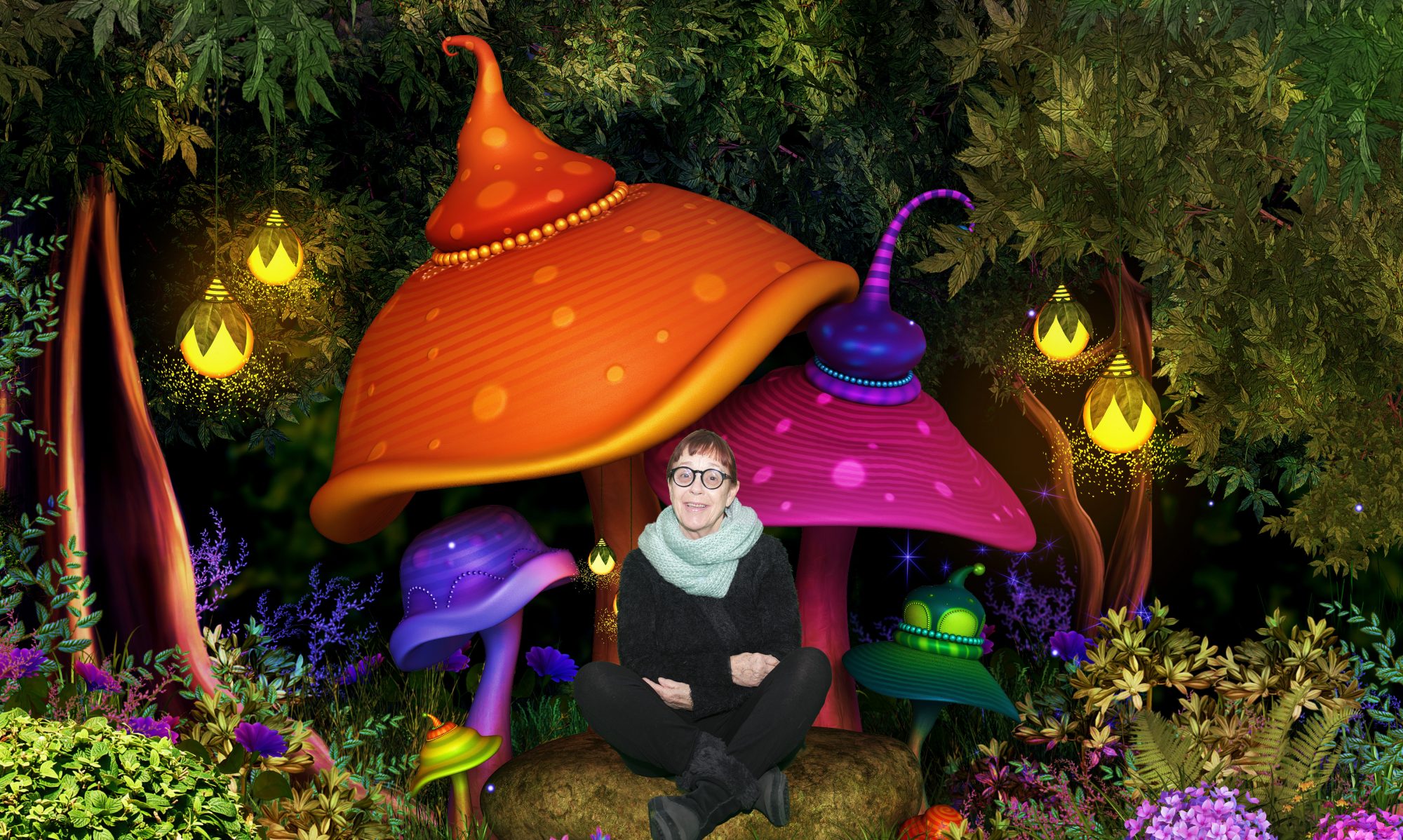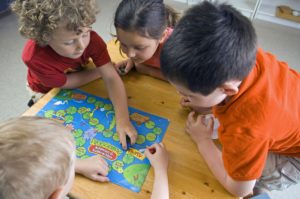
I am bilingual, I can speak Maths.
 Not many of us master a second language especially at just two or three years of age but this is exactly what we ask of our children when we introduce maths without a good, hands on, interactive program.
Not many of us master a second language especially at just two or three years of age but this is exactly what we ask of our children when we introduce maths without a good, hands on, interactive program.
Like a jumble of ancient hieroglyphics or complicated Japanese Kanji, those lines on a page hold little meaning for the beginner and we need to decode and demystify them by linking them to all other aspects of their learning.
We might not remember all the words but we know that it was “five little ducks” that went out one day, over those hills and far away and that the “hungry caterpillar” ate through not one, not two but through five oranges!
It was Confucius who said “I hear and I forget. I see and I remember. I do and I understand” and it is this principle we need to take with us when teaching math, not just to our toddlers but to all of those children who do not hold a high maths/logic intelligence.
What is a 6? What does it look like (can we draw it, can we pile up 6 objects), what does it sound like (can we clap out six beats, can we blow a whistle six times) what does it feel like (can we jump on the spot six times, can we roll a six out of clay). What happens when numbers go up, do we have more or less, is our pile getting bigger or smaller are we jumping more times or less times?
This approach extends beyond the toddler too. How many lollies do I get if I share them equally among my friends, what portion of the cake will I get if I divide it among eight people and is it the same if there are six of us? How many will I need altogether if my 3 guinea pigs need four carrot sticks each and how long will I be revising if I spend 20 minutes on four subjects and start at 4:30 in the afternoon?
Maths is all around us all the time. It is in the songs we sing, the books we read, the games we play, the order of our day. We don’t learn to drive a car, bake a cake or teach a child without ‘doing’! We can help all of our children to be fluent speakers of maths if we remember this simple fact and let them ‘do’ as they learn.



